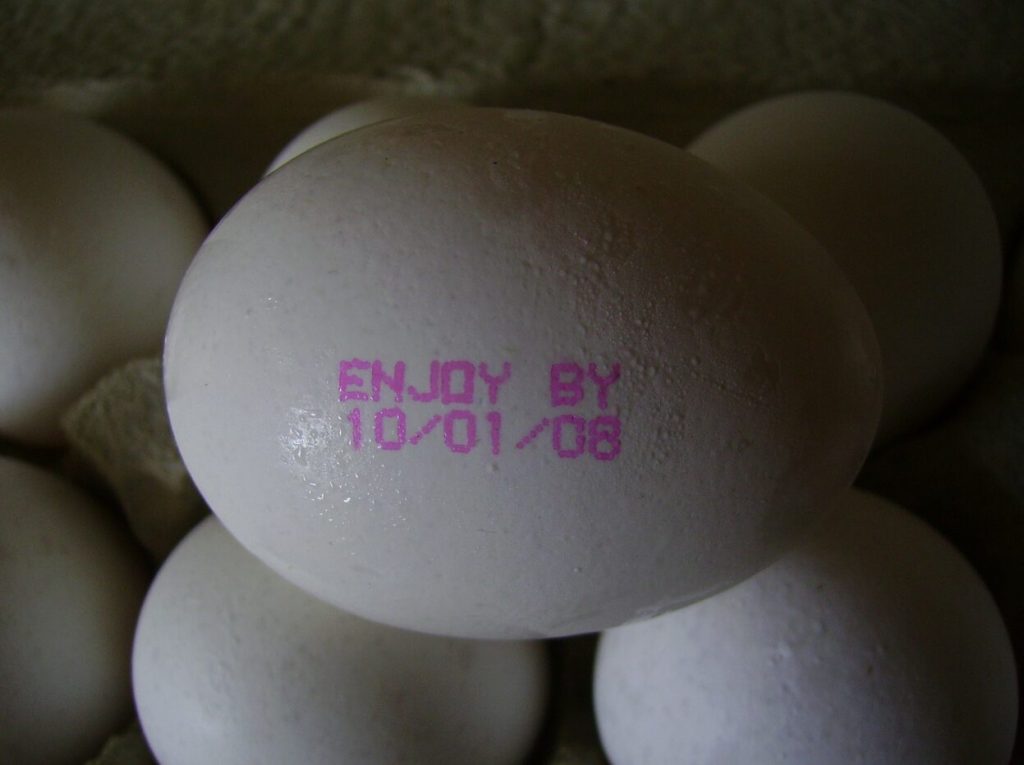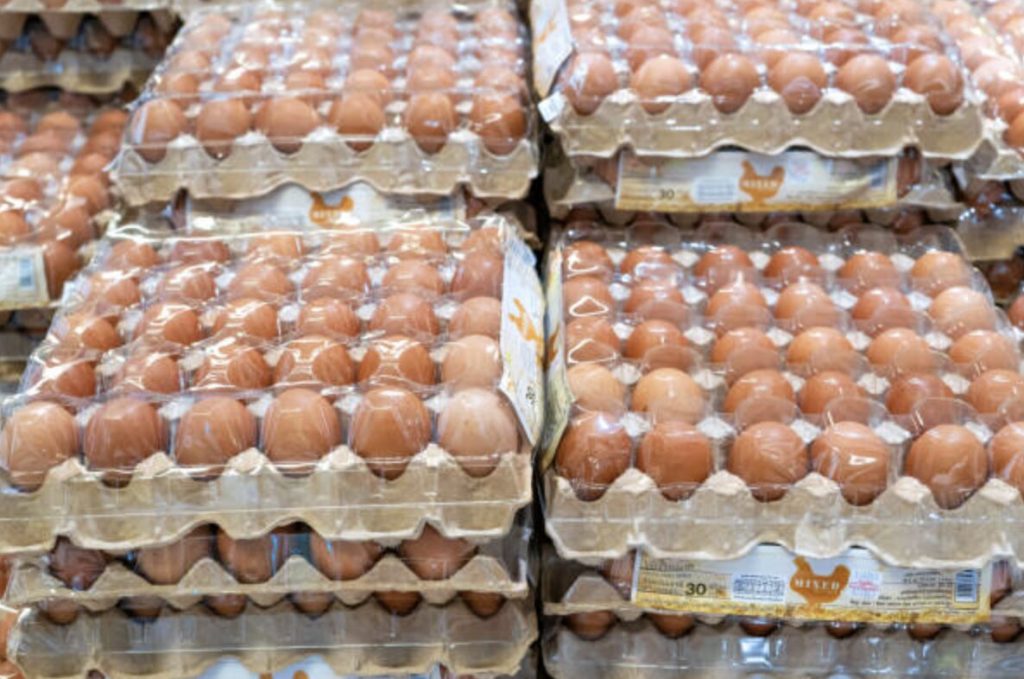As an egg enthusiast, I’ve always been fascinated by the mysterious numbers on egg cartons. But, I realized that understanding these codes is not just a curiosity, but a necessity for any egg lover. So, let’s crack the code together!
The Julian Date: Your Egg’s Birthday
The three-digit code on the carton represents the day of the year the eggs were packed, from 001 (January 1st) to 365 (December 31st). It’s like knowing your egg’s birthday!
The Packaging Plant Code: The Source of Your Eggs

The code starting with ‘P’ indicates the location where the eggs were processed. This information is crucial in case of recalls, ensuring your eggs are safe to consume.
Freshness and Expiry: Eggs Are Not Forever

Eggs are safe for 30 days from the packing date, stored correctly. The Julian date helps you keep track of freshness, making it a simple math problem to enjoy the best taste.
Quality and Safety: Not Just Dates
Look for the USDA grade shield, ‘organic,’ or ‘pastured’ for high-quality eggs. Grade AA eggs are the best, with thick whites and firm yolks, perfect for frying or poaching.
Organic and Pastured Eggs

‘Organic’ eggs come from chickens fed organic feed, without antibiotics. ‘Pastured’ eggs are from free-range chickens, making them more delicious.
By understanding these codes, I’ve elevated my egg game, ensuring freshness, quality, and safety. So, next time you crack open a carton, take a moment to decode the secrets and enjoy your eggs with confidence!


